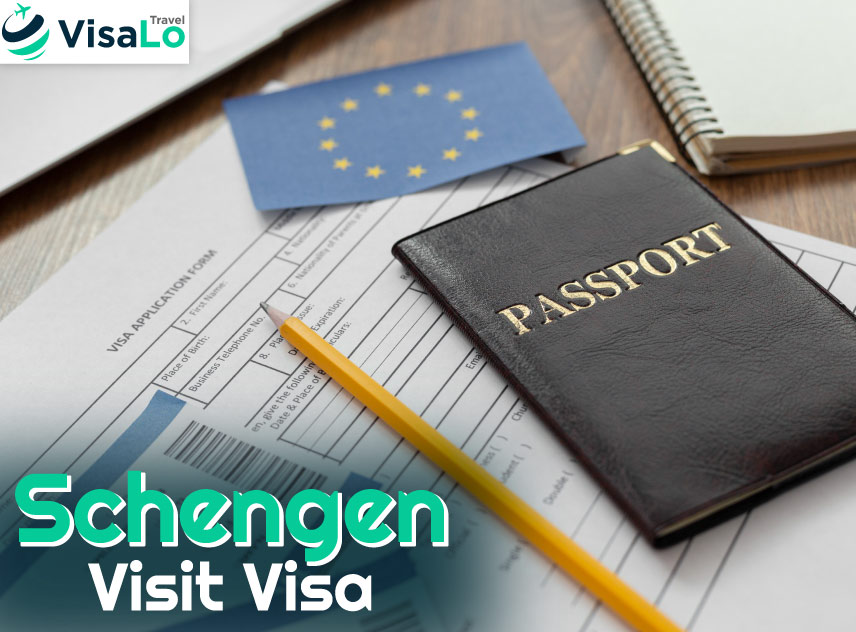پاکستانی شہریوں کے لئے لیتھوانیا شینگن وزٹ ویزا پر
02 Feb,2024 , 12:32 pm

Travelers interested in experiencing the captivating scenery of the Gulf nations will be thrilled to hear that proposals for a Schengen visit visa have been made.
In the near future, travel in the Gulf is anticipated to undergo a revolution with the introduction of the unified tourist visa, which will streamline travel between Bahrain, Kuwait, Oman, Qatar, Saudi Arabia, and the United Arab Emirates (UAE).
If all plans are approved on time by the various authorities, the new visa process, which will improve travel between the six member countries, is anticipated to launch between 2024 and 2025.
The initiative aims to significantly increase visitor numbers to 128.7 million by 2030, a 137 percent increase from last year's 39.8 million, according to the UAE Minister of Economy. This goal demonstrates a strong dedication to developing the tourism industry in the GCC.
The Middle East's tourism sector has recovered spectacularly from the COVID-19 pandemic, surpassing 90 percent of pre-pandemic travel levels in the previous year, despite headwinds in the world economy. Notably, visitor arrivals to Saudi Arabia and the United Arab Emirates have fully rebounded in the first quarter of this year.
The economy and tourism sector are expected to grow as a result of the GCC region moving to a single tourist visa. The secretary general of the GCC emphasized that this initiative goes beyond administrative action and demonstrates a commitment to improving cooperation among member states:
The project of a unified Gulf tourist visa is expected to have a positive impact on the tourism and economic sectors by simplifying and facilitating travel and residency for visitors among the six GCC countries."
In addition to announcing plans for a single tourist visa, the GCC nations have decided to electronically connect trafficking offenses across state borders. This supports a comprehensive plan to fight illicit drugs, stepping up initiatives to address this social problem.
These cooperative projects aim to increase cooperation and connectivity among member states while also enhancing the Gulf region's tourism appeal.
Residents of GCC nations can currently travel between member states without a visa. However, most foreign visitors must still apply for separate visas in order to enter each of the six nations.
As soon as the project is underway, we will provide additional visa news and updates regarding the unified visa plans. Use our website VisaLoTravel.com to find out more about your current visa requirements for Bahrain, Kuwait, Oman, Qatar, Saudi Arabia, or the United Arab Emirates (UAE)!
The following paperwork must be submitted in order to apply for a Schengen visitor visa:
· You must speak with the appropriate consular authority in your country as the minimum amount needed varies depending on the country. Documentation attesting to your employment status should also be submitted.
The processing time for your application for a Schengen Visitor Visa is approximately 15 days. After the visa interview, you could hear back about your application as soon as three days, but you could also hear back from the authorities for up to 30 days longer. Because of their sensitivity and complicity, extraordinary cases take two months to process by the competent Schengen embassy.
A Schengen Visitor Visa can be used anywhere in the Schengen area for up to 90 days during a six-month period. The length of time the Schengen embassy decides to grant you permission to remain in Schengen, however, is entirely up to them when they process your application.
Generally, you will be granted a visa that will allow you to stay in Schengen for the duration of time specified in your application. Nevertheless, spend some time carefully reading the information on your Schengen visa sticker to learn more about this.